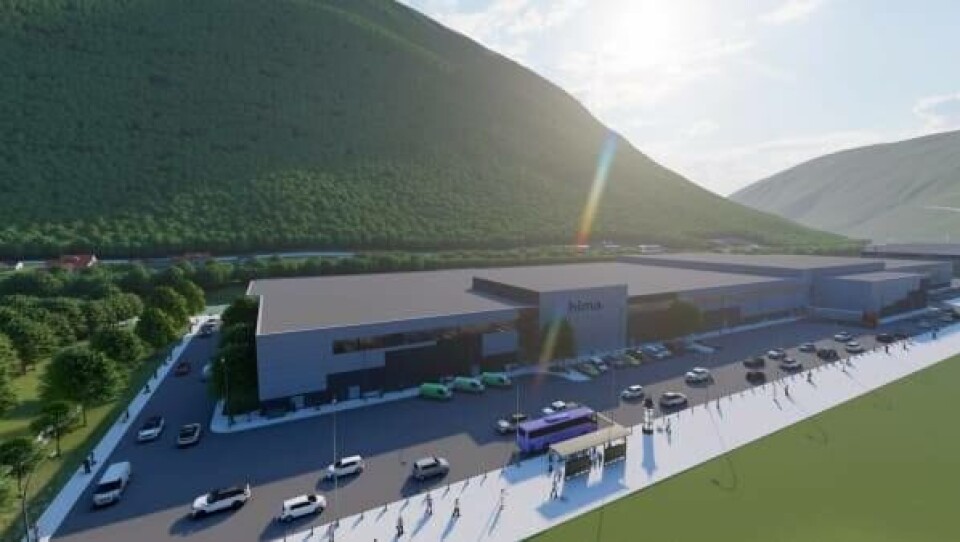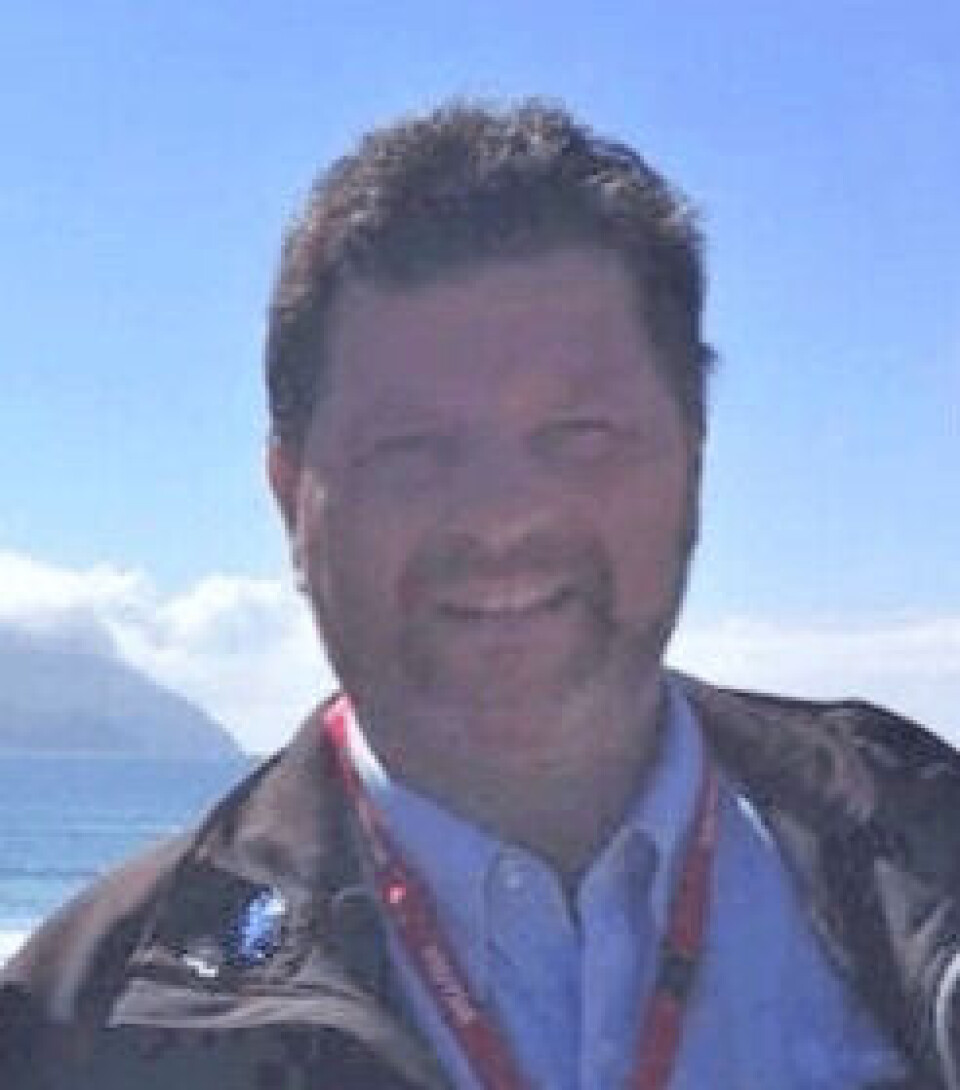
9,000-tonne on-land trout farm to use waste heat from data centre
A company building the world’s largest land-based trout farm in the Telemark region of Norway will use waste heat from a nearby data centre, it was announced today.
Hima Seafood, which plans to grow 9,000 tonnes of trout annually at Rjukan, will take warm water from the cooling system at Green Mountain’s DC2-Telemark data centre situated 800 metres from its recirculating aquaculture system (RAS) facility.
Heat exchanger technology will ensure that the Hima facility can use the energy from the water to obtain the correct water temperature in the RAS. The same water will subsequently be returned to Green Mountain at a lower temperature so that it again be used to cool the computer servers in the centre.

Stable temperature
“Ensuring a consistent and stable water temperature for our fish is key to producing a world-class product,” said Hima farming director Joe McElwee in a press release.
“Superior product quality and environmental sustainability are not just slogans for us, they are part of Hima’s DNA”, added McElwee, an experienced marine and on-land fish farmer who has spent nearly four decades in aquaculture.
Hima chief executive Sten Falkum said: “Green Mountain’s waste heat represents a significant cost saving in our production, and we are thrilled that our heating requirements can help reduce the environmental footprint of Green Mountain and help cool the data centre in return. This truly is a win-win solution for both parties.”
Green Mountain, Tor Kristian Gyland said: “Data centres are undoubtably very energy consuming. Although our data centres run on 100% renewable hydropower, we do not like to waste the energy. This project is a breakthrough example of circular economy - where the output of one company can benefit another with an environmental benefit on top. Our vision is ‘setting the green standard’ and this project truly supports this.”
17 months to harvest
According to Hima’s website, production time for its trout is estimated at 17 months from fry to an average weight of around 4kg. Ova for the RAS will be supplied by Osland Havbruk AS, and the trout strain to be used is the Osland strain, from Høyanger in the Sognefjord.
Hima has entered into a partnership with Villa Seafood, which is responsible for the sale, distribution, processing and branding of the finished trout product.
The RAS technology will be provided by the RAS specialist Eyvi, based in Sandefjord south of Oslo. Hima Seafood has a licence to obtain water from a huge groundwater reservoir in Vestfjorddalen, just below where the facility is being built. The company said there is no agriculture near the facility in Rjukan or other activities in the soil that affect the high-quality water source.
Construction of the fish farm was scheduled to begin last month, and the first Hima trout is expected to be on the market in 2024.
Lobster farm
The agreement with Hima is the second Green Mountain has announced within a week. Last Tuesday the company said that an on-land lobster farm was to be built by next to its DC1-Stavanger data centre on the island of Rennesøy and would use cooling water from the centre.
The Stavanger draws water from the depths of a fjord to cool the computer servers in the facility. The water enters with a temperature of 8° C and is released back into the fjord with a temperature of 20° C, the optimal temperature for lobster growth.
Green Mountain is not the only company providing warm water for aquaculture. Earlier this month Icelandic seafood company Samherji’s salmon farming subsidiary said it had signed a deal with geothermal power producer HS Orka to site a £263 million facility next to the company’s Reykanes power plant. Warm seawater, a resource stream from the cooling of the power plant, will be used in the production of 40,000 tonnes of salmon per year.






















































